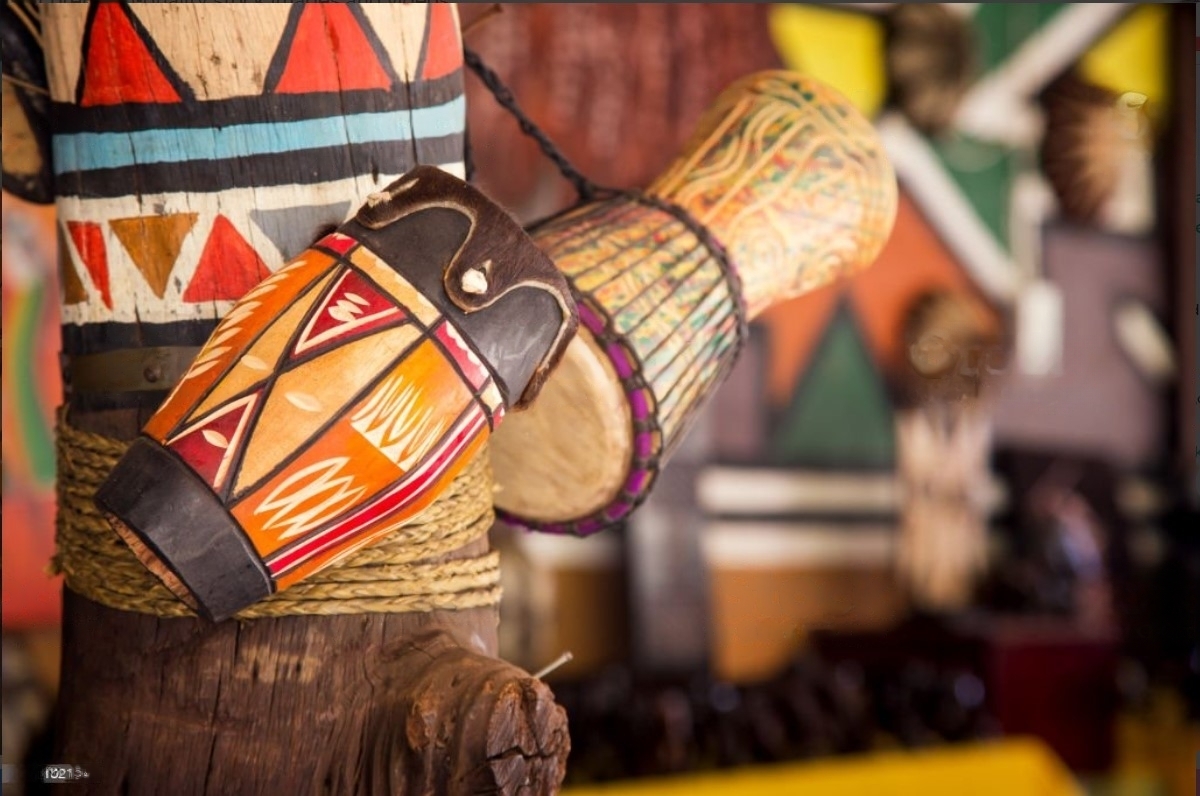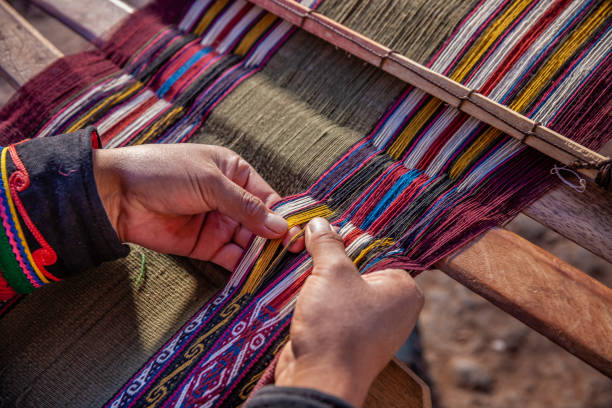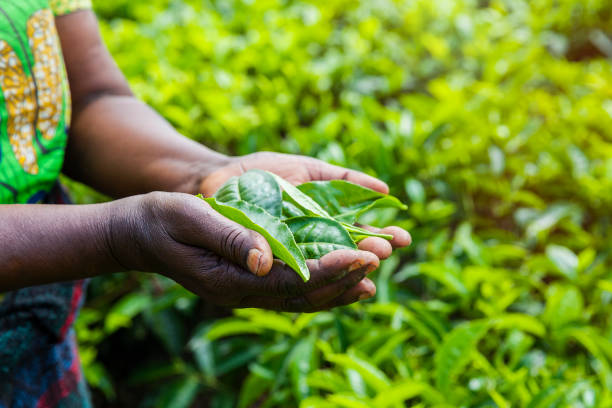Discover the Irula and Kurumba Tribes
About Tribal

Understanding the tribal people is crucial for appreciating the diverse indigenous communities and their distinct heritage in a rapidly changing world. Their way of life is deeply intertwined with nature, and their resilience in preserving traditional practices has lasting implications for both their own identity and broader cultural diversity. there are different kind of tribes living across Nilgiris.The Irula people are one of the indigenous tribes of southern India, primarily found in the states of Tamil Nadu, Kerala, and Karnataka. They are known for their traditional skills in snake-catching, as well as agriculture and animal husbandry.The Kurumba tribe primarily resides in the Nilgiri Hills of Tamil Nadu and Kerala. They have a rich cultural heritage and are known for their distinct dialects and traditions.The Toda tribe is an indigenous group of people who live in the Nilgiri Hills of Tamil Nadu. They are famous for their unique Toda huts, language, and traditional dairy-based economy.The Kota tribe is mainly found in the Nilgiri Hills and Karnataka. They have a close relationship with the Badagas and Todas and are known for their agricultural practices and traditional customs.
Lifestyle
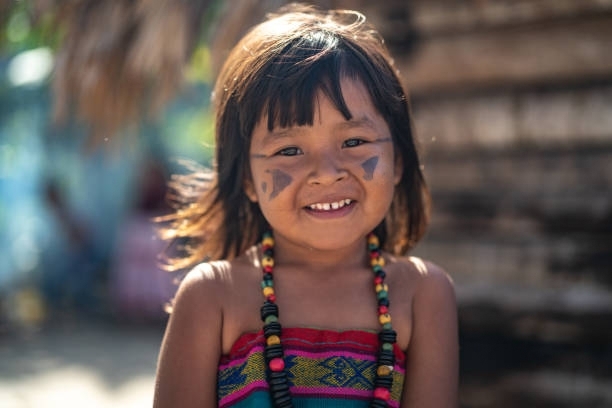
Lifestyle plays a crucial role in preserving the identity of these tribal communities, as it reflects their close connection to nature and their unique customs. It shapes their daily routines, housing, and social organization, all of which are vital for maintaining their distinct way of life.The Irula people often live in small, rural communities. Their lifestyle revolves around farming, snake-catching, and crafts. Many Irula families have transitioned from traditional huts to more modern houses.The Kurumba lifestyle is centered on the Nilgiri forests. They have a deep connection to nature and often practice shifting cultivation for their livelihood.Todas live in distinctive huts called "Toda Mund" and have a pastoral lifestyle. Their primary occupation is dairy farming, with buffaloes being an essential part of their culture.The Kota tribe's lifestyle is closely tied to the Nilgiri Hills. They are skilled in farming and have unique customs associated with their agricultural practices.
Traditions and Culture
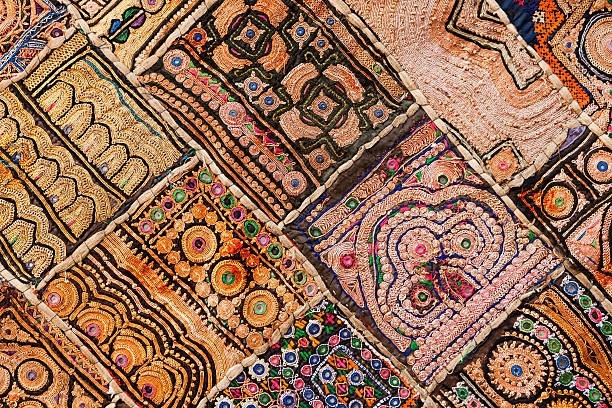
Culture is the heart of these tribes, encompassing their music, dance, folklore, and sacred rituals, acting as a binding force among their members. It carries forward the rich heritage of their ancestors, keeping alive their unique languages, art, and customs, fostering a sense of belonging. Irula culture is rich in folk traditions, including music, dance, and folklore. They have a unique belief system and rituals related to snake worship. Kurumba culture includes traditional music, dance, and rituals. They have a unique system of social organization and are known for their handicrafts.Toda culture is distinct with its Toda huts, dairy-based economy, and unique customs. They have a rich oral tradition and practice sacred rituals.Kota culture includes specific customs related to agriculture, hunting, and religious practices. They have a rich heritage of art and craft.
Food Habits
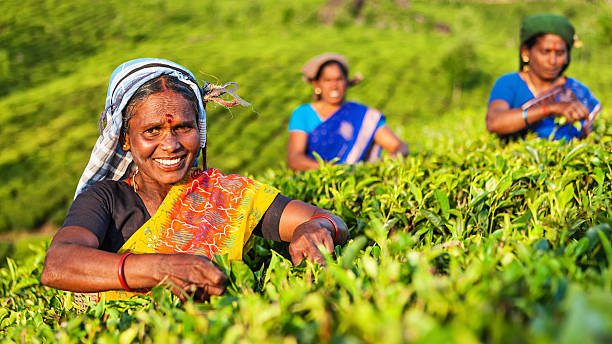
Food habits are not just sustenance but a reflection of their ecological knowledge and resourcefulness in adapting to their natural surroundings. These habits highlight their resourcefulness, utilizing locally available ingredients and traditional knowledge to create a cuisine deeply rooted in their environment. The Irula diet consists of rice, millets, vegetables, and occasionally, meat and fish. They are also known for their knowledge of edible wild plants. Kurumbas consume a diet based on forest produce, millets, and locally grown vegetables. They have knowledge of edible forest resources. Todas primarily consume dairy products, including buffalo milk and dairy-based foods. They also consume grains and wild greens. The Kota diet comprises locally grown crops, including grains, vegetables, and fruits. They may also consume forest produce.
Source of Income
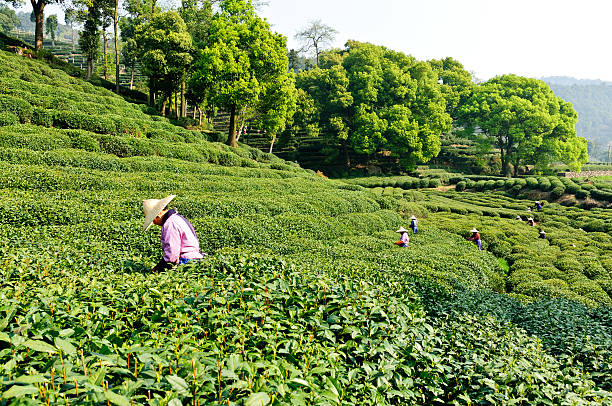
The source of income is pivotal as it dictates their economic sustainability, with traditional practices like snake-catching, agriculture, and dairy farming still playing a significant role. It serves as a means of livelihood, allowing these tribes to support their families and maintain their unique way of life, even as they adapt to changing circumstances. The Irula people traditionally earn their income from snake-catching, agriculture, and livestock farming. Some have also found opportunities in other livelihoods. The Kurumba tribe's income sources include shifting agriculture, handicrafts, and, in recent times, some may engage in wage labor. The primary source of income for the Todas is dairy farming, particularly buffalo herding. They also engage in trade of dairy products. The Kota tribe's income primarily comes from agriculture, including cultivation of millets and other crops. They also rely on their traditional customs and knowledge for income generation.
